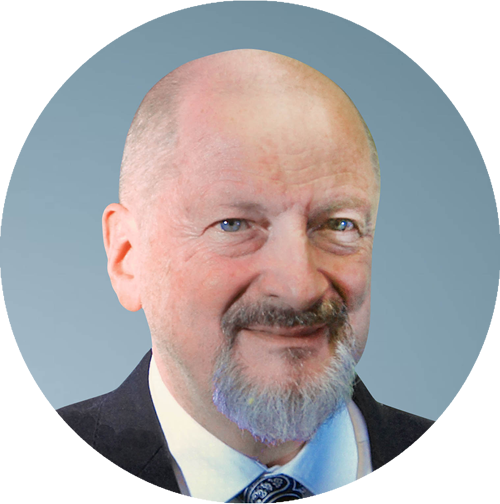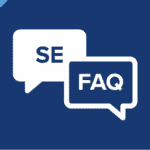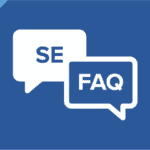A client asked me during the week why I do not advocate the use of Quality Function Deployment (QFD). I feel the answer is important, so here goes.
The main reason is that QFD weights Measures of Effectiveness MOEs (which it incorrectly calls requirements) rather than weighting defined ranges of improvement in each of the MOEs. The folly of this is illustrated easily:
Cellphone A costs 10 cents more than cellphone B, but provides 200 hours more time between charges (6 hours for B, 206 hours for A)
Alternatively:
Cellphone A costs $200 dollars more than cellphone B, but provides 10 seconds more time between charges.
We can easily see from the example that the relative value of increased time between charges versus cost-saving changes from massively in one direction to massively in the other direction depending on the ranges of improvement that are compared.
It is not even just the magnitude of improvement, but the actual range points that matter. For example, going from 6 hours TBC to 206 hours is hugely more valuable than going from ten million hours to 10 million-plus 200 hours.
So the QFD weights are pretty much meaningless.
This flaw in QFD can be fixed, but it still leaves a methodology that is tedious and imprecise. Multiple Attribute Utility Theory (MAUT) used as an integral part of a 3-step optimization process that we use is MUCH more effective and time-efficient. Having said that, the evidence points to QFD being much, much better than nothing, if only because it gets people thinking and talking. QFD simply isn’t the best approach to maximizing value to the customer. Voice of the Customer (VOC) is a catchy and very appropriate phrase, but QFD is not the only and is far from the best, way to pursue customer delight.













